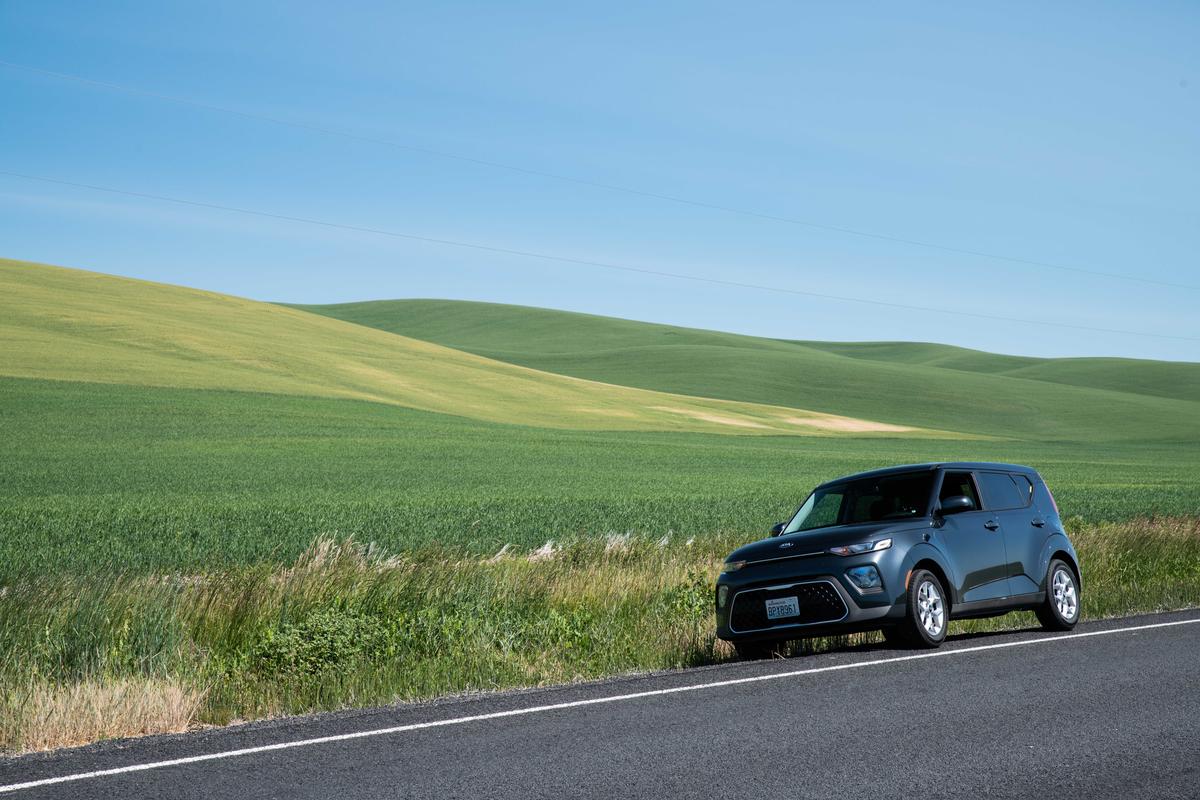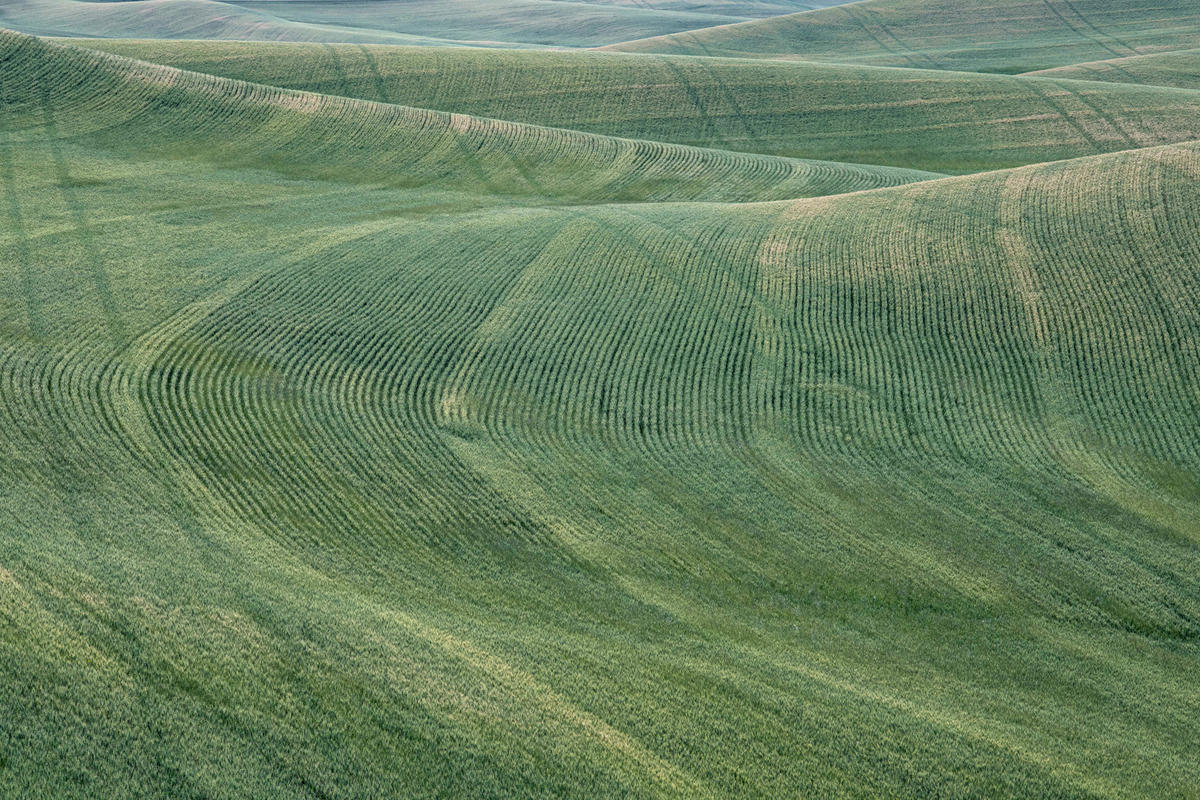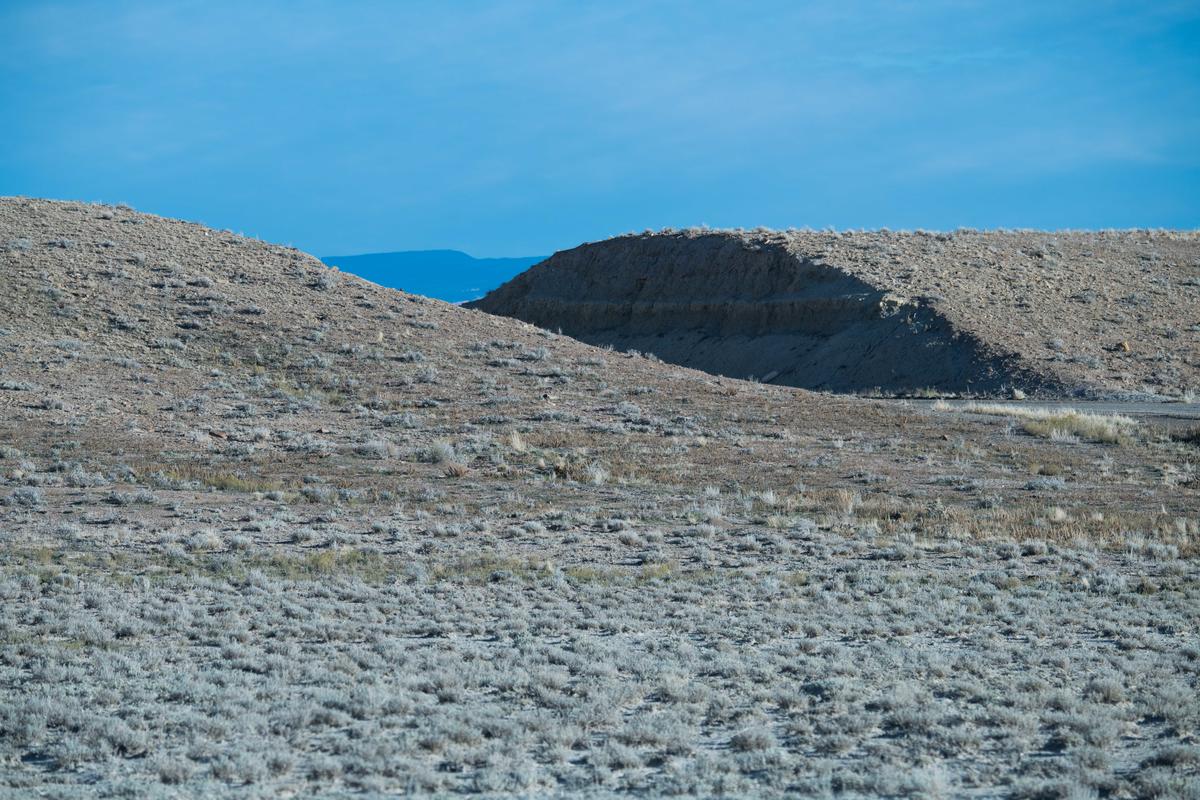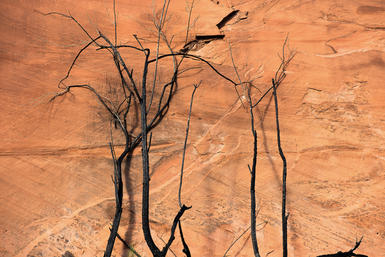Wheat Two 2019
This is the second in a series of posts about some new pictures I made in Washington in June.
They are here.
By Day 3 I was in a groove. Get up and go shoot. Simple enough. I made good work over the next couple of days.

I was there to make pictures of the rolling wheat fields and that's exactly what I was getting at the end of each day.
The type of rental car is important as I spend all day in it, schlepping equipment in and out of it in an endless succession of setups and tear downs, day in and day out. This time it was a Kia Soul, a little box of a car that was perfect: great visibility, fun to drive and no fear about getting stuck or centered on back farm roads:


By Day 4 I was feeling as though I had begun to accomplish what I was there for.

I wasn't finished or completed by any means but I could afford to try some different approaches and stretch the principles a little. Hence this; the "Wheat Suite" as I call it, the effort to distill the work by photographing one area extensively


In this sub group there are 14 pictures, all made from the same vantage point.

We play such a "selectivity" game as landscape photographers. What we choose to include in the frame verses what we exclude makes all the difference. Using a couple of longer lenses I varied how much was in and how much was out, longer for more distance with more compression of the visual space. For much of my career I never used longer focal length lenses. Most view camera work doesn't use anything very long. It wasn't until I started working digitally in about 2006 that they came into play. I was working on the Cabela's project (here) and I needed more reach to get at the taxidermy displays.
 This one was a long reach across the store's showroom floor, compressing the mannequins into the same space as the taxidermy mountain in the background. This picture is one of the reasons I find photography so rewarding.
This one was a long reach across the store's showroom floor, compressing the mannequins into the same space as the taxidermy mountain in the background. This picture is one of the reasons I find photography so rewarding.
By Day 4 I also started working with other subjects in the Palouse. This is rare as I usually stay mostly on topic. But some things just hit me and the acute islolation

of something like this corrugated barn, with the light modeling it so perfectly just stood out.
Next up? We will continue with this series looking at the remaining days I had left to photograph and I will include some of the aerials I made on Day 5.
Your comments always welcome: Neal's Email






 Being compulsive means I trekked up there six different days, a considerable hike a mile or so down the beach at Philbin to get to it. I tried photographing this with a tripod and without, used a PC lens to get the planes more parallel, went on diferent days with a long lens and a wide lens and with Sony and Nikon cameras, with flat light and contrasty days. I learned to go after it had rained as two or three days of no rain and the stream trickled off to almost nothing.
Being compulsive means I trekked up there six different days, a considerable hike a mile or so down the beach at Philbin to get to it. I tried photographing this with a tripod and without, used a PC lens to get the planes more parallel, went on diferent days with a long lens and a wide lens and with Sony and Nikon cameras, with flat light and contrasty days. I learned to go after it had rained as two or three days of no rain and the stream trickled off to almost nothing.








 Initially, I wasn't sure I was seeing the effects of the fire, not until I noticed trunks of trees that were charred. Because of high winds a firestorm may be moving so fast it can leave trees singed but still standing. This is the case in Paradise, the site of California's worst fire on record.
Initially, I wasn't sure I was seeing the effects of the fire, not until I noticed trunks of trees that were charred. Because of high winds a firestorm may be moving so fast it can leave trees singed but still standing. This is the case in Paradise, the site of California's worst fire on record. 
 The central street of the town sits along the top of a ridge and as I drove up the town's main street called Skyway the devastation is everywhere.
The central street of the town sits along the top of a ridge and as I drove up the town's main street called Skyway the devastation is everywhere. The Happy Garden Chinese Restaurant
The Happy Garden Chinese Restaurant A motel
A motel






 I have some history of doing this. Last winter's "Washed Out" from Malibu, CA made pictures that were distinctly not pretty (
I have some history of doing this. Last winter's "Washed Out" from Malibu, CA made pictures that were distinctly not pretty (














 This is Factory Butte, a few miles west of Hanksville, Utah, at dawn. I photographed there one afternoon until the sun went down and then was back again the next morning at sunrise. If I had to give one reason for going to Utah this time it was this.
This is Factory Butte, a few miles west of Hanksville, Utah, at dawn. I photographed there one afternoon until the sun went down and then was back again the next morning at sunrise. If I had to give one reason for going to Utah this time it was this.






